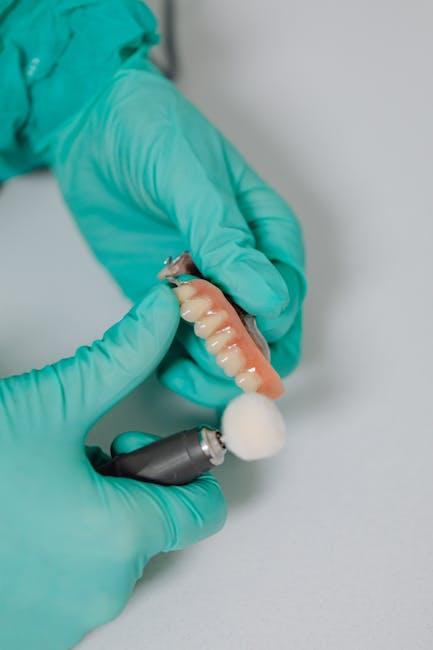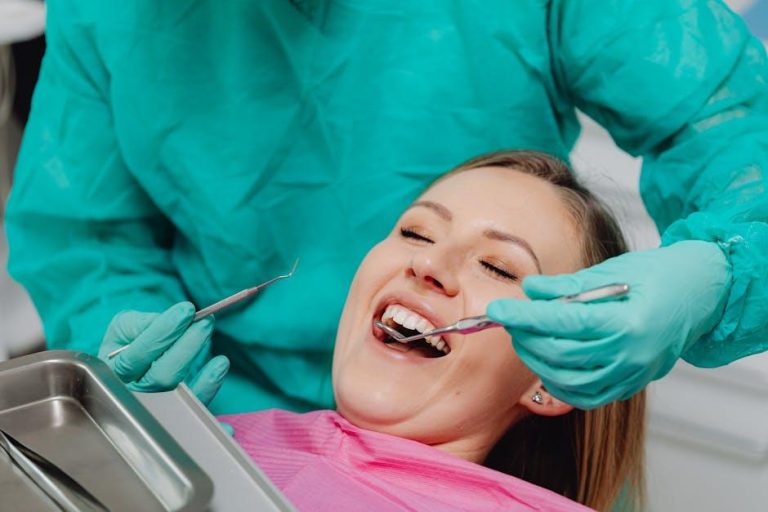
New Guideline Revises Cautions Around Dental Work in Joint Replacement Patients – MedPage Today
If you’re a patient with a joint replacement, you may have heard conflicting advice about undergoing dental procedures. Recent updates to clinical guidelines have brought fresh clarity and shifted the landscape of dental care for joint replacement patients. This article dives deep into the updated guidance, unpacking what it means, why it matters, and how it impacts dental and orthopedic care.
Introduction to the New Guideline
For years, healthcare providers have grappled with whether routine dental procedures pose a risk for joint replacement infections. Concerns over potentially causing a bacterial infection around the prosthetic joint led to cautious practices, often including prophylactic antibiotic use before dental work. However, evolving evidence and expert consensus have led to new recommendations published and reviewed by MedPage Today that revise these cautions substantially.
The updated guideline is a game-changer for patients living with hip, knee, or other joint replacements, offering balanced risk perspectives and personalized care strategies. Understanding these new recommendations ensures patients and providers make informed decisions that prioritize safety without unnecessary interventions.
What Does the Revised Guideline Say?
The cornerstone takeaway from the new guideline is that routine dental procedures generally do not require antibiotic prophylaxis for most joint replacement patients. The evidence suggests that the risk of periprosthetic joint infection (PJI) linked to dental work is very low, and indiscriminate antibiotic use can lead to resistance and other side effects.
Key Points of the Updated Guidance
- No routine antibiotics: Most patients with joint replacements should not receive prophylactic antibiotics before dental procedures.
- Individual risk assessment: Providers should evaluate patients on a case-by-case basis, considering history of infection, immunocompromising conditions, or complex joint surgeries.
- Maintain oral hygiene: Robust dental care and prevention play a larger role in protecting joint health than antibiotics.
- Prompt treatment of infections: Dental and joint infections should be managed swiftly and aggressively if they occur.
Why the Change? Understanding the Evidence
Historically, antibiotics were prescribed as a preventive measure based on the theory that oral bacteria could seed joint prostheses during dental work. However, large-scale studies and meta-analyses have shown:
- Low incidence of PJI after dental procedures: Research indicates that infections following dental work are extremely rare.
- No clear benefit of prophylactic antibiotics: Antibiotic use did not significantly reduce joint infection risk in most cases.
- Increased risks from antibiotics: Unnecessary antibiotic exposure leads to resistance, allergic reactions, and other potential harms.
This robust body of evidence was reviewed by orthopedic and dental experts leading to the updated recommendations emphasizing conservative and personalized approaches.
Benefits of the New Approach
Patients and healthcare providers alike gain from this evidence-based shift:
- Reduced antibiotic overuse: Helps combat antibiotic resistance and protects patients from side effects.
- Less patient anxiety: Clearer guidelines reassure patients about the safety of dental care without excessive precautions.
- Focus on prevention: Encourages consistent oral hygiene and timely dental visits to minimize infection risk.
- Enhanced collaboration: Promotes teamwork between dentists, orthopedic surgeons, and patients for best outcomes.
Practical Tips for Patients with Joint Replacements
Whether you have a hip, knee, or other joint prosthesis, keeping your joints safe during dental procedures involves actionable steps:
- Inform your dentist and surgeon: Always communicate your joint replacement history before dental procedures.
- Follow the new guideline: Don’t automatically assume you need antibiotics—discuss your individual risk with your healthcare team.
- Maintain impeccable oral hygiene: Brush, floss, and get regular dental cleanings to lower infection risks.
- Watch for symptoms: Report any signs of infection such as pain, swelling, or fever promptly.
- Stay updated: Guidelines evolve, so keep informed via reliable sources or your healthcare providers.
Comparison Table: Old vs New Guidelines for Dental Work in Joint Replacement Patients
| Aspect | Old Guideline | New Guideline |
|---|---|---|
| Antibiotic Prophylaxis | Recommended before most dental procedures | Not routinely recommended; case-by-case evaluation |
| Risk Assessment | Minimal emphasis on individual factors | Personalized assessment including medical history |
| Focus of Prevention | Antibiotic use primarily | Oral hygiene and infection monitoring |
| Patient Education | Limited information on infection signs | Enhanced patient awareness and communication |
Case Study: Improved Outcomes Through Updated Practices
Patient background: Jane, a 65-year-old woman with a total knee replacement, was routinely given antibiotics prior to dental cleanings.
Before guideline update: Jane experienced side effects including mild allergic reaction to antibiotics, contributing to anxiety before dental visits.
After guideline update: Her healthcare team evaluated her individual risk, decided prophylaxis was unnecessary, and emphasized strict oral care.
Outcome: Jane underwent multiple dental procedures over two years without infection or complications, eliminating unnecessary antibiotic exposure and enhancing her quality of life.
First-Hand Experience: Dentist Perspective
Dr. Lisa Reynolds, a practicing dentist with over 15 years of experience, shared her insights:
“These new guidelines empower me to provide safer, evidence-based care for my patients with joint replacements. By focusing more on oral health maintenance and less on blanket antibiotic prescriptions, I feel we’re protecting not just their joints, but their overall well-being too.”
Conclusion
The recently revised guideline highlighted by MedPage Today marks an important step forward in optimizing care for joint replacement patients undergoing dental procedures. The shift away from routine antibiotic prophylaxis toward personalized risk assessment and preventive oral health reflects sound science and patient-centered care.
Patients with joint replacements should stay informed, maintain open communication with their healthcare providers, and prioritize excellent oral hygiene. These best practices will help safeguard their valuable joint implants and support lasting health.
For the latest updates and expert advice, consult your dentist and orthopedic specialist and monitor trusted medical news outlets like MedPage Today.


